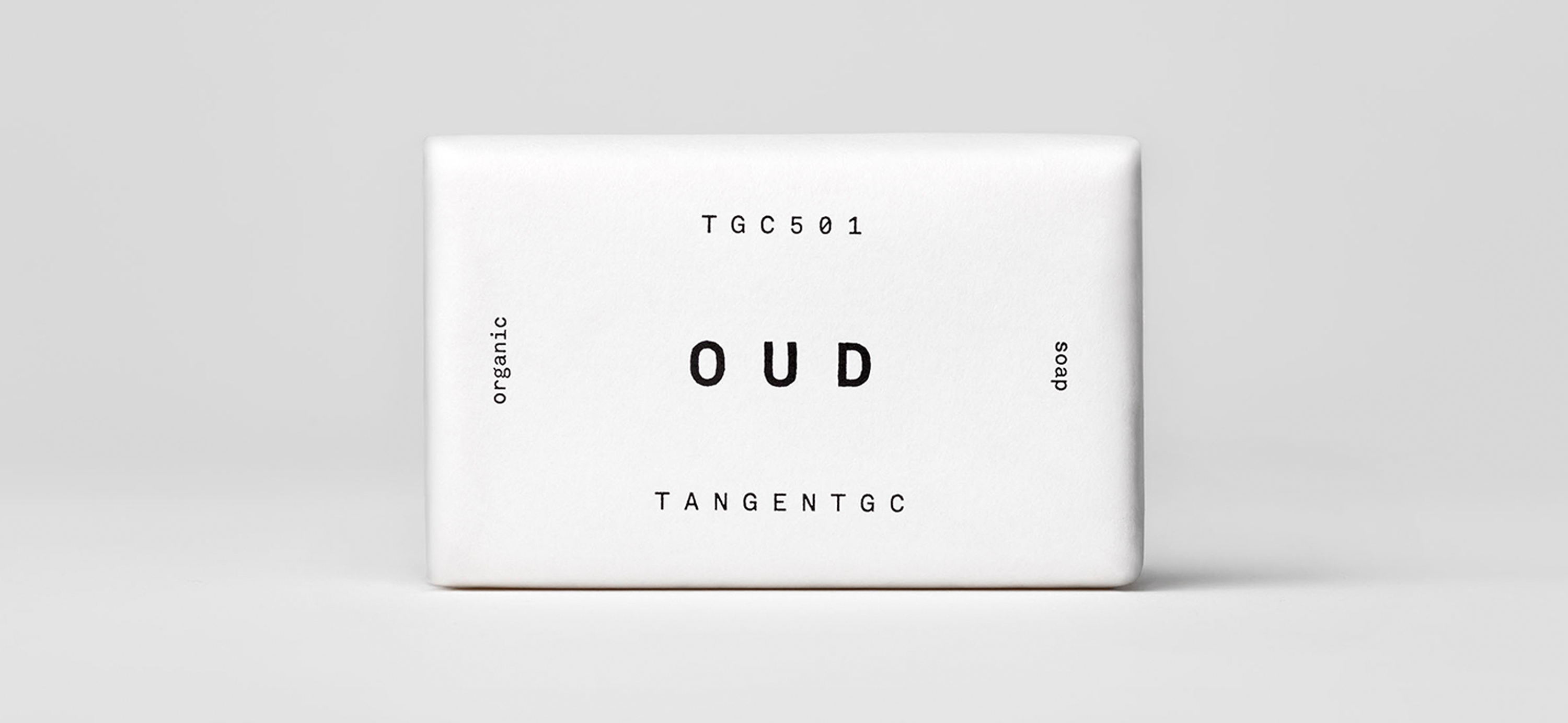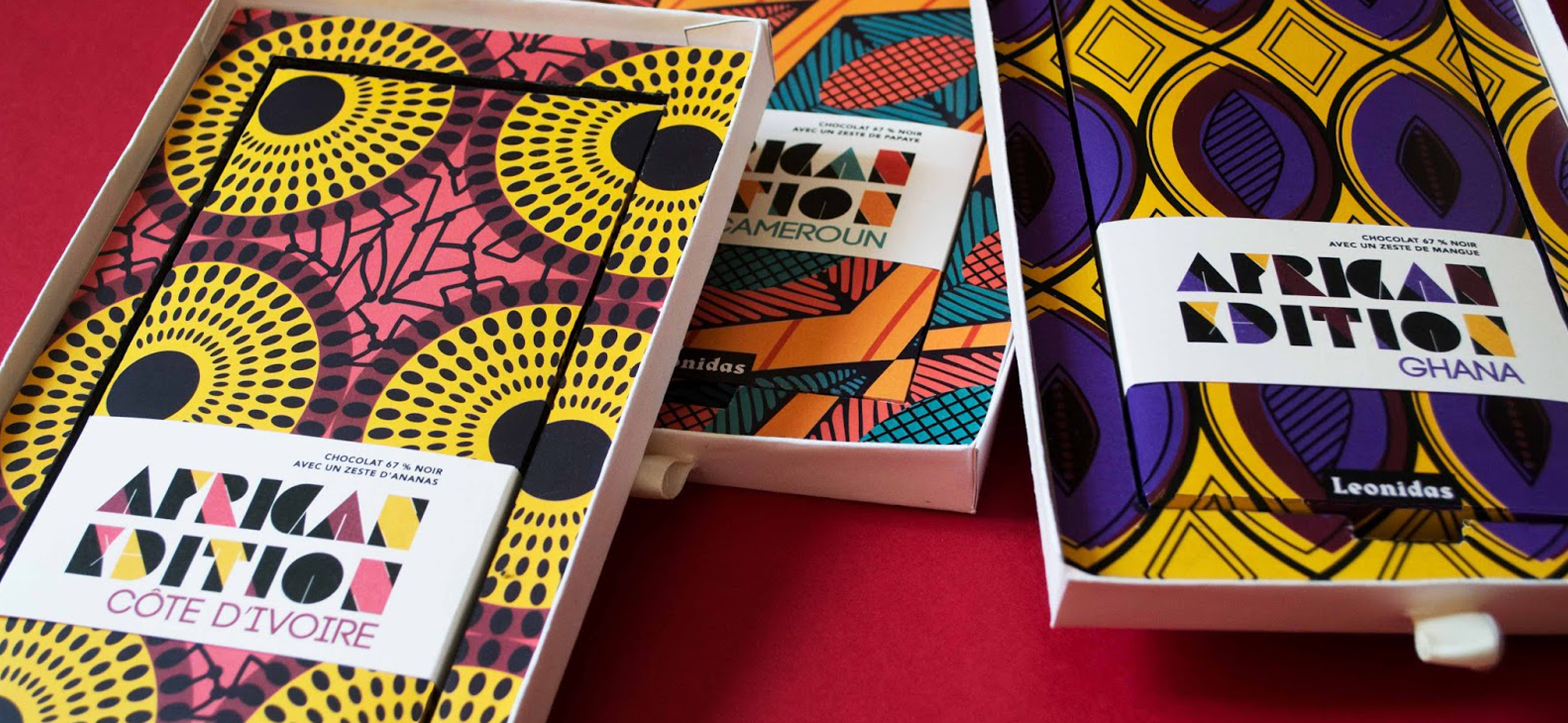
8 November 2023
_packaging design insights
Packaging and Design in a Globalised World
We’ve all heard the term, “Think global, act local.” We also know about McDonaldisation, Disneyfication, digital nomadism, and a host of other terms that speak to the postmodern zeitgeist. When it comes to design, we’re at a crossroads between globalisation and localisation.
By Storm Wiggett
The debate is about which is better. Is one necessarily better than the other? Do we opt for local or global product design, local or global messaging and communication, local and global packaging design?
- Are audiences and consumers homogeneous?
- Sustainable and simple are trendy.
- Why simplicity is good news for designers.
- Why local matters?
- Dealing with rising costs and inflation.
- What I’ve learned.
Are audiences and consumers homogeneous?
Homogeneous is a fancy word for being the same. It’s that old adage about birds of a feather flocking together. When we think about the masses, we often think of a huge group of indistinct people, which is why brands such as McDonald's have managed to colonise the fast food industry.
For various reasons, borders are becoming blurred and consumers are often treated as being like-minded. This is why we often see almost no differentiation in how global brands package to local markets.
But is this the right strategy? Is it better to cater to local preferences or to opt for something that’s tailored to a mass global audience?
The research suggests that locality is important because cultural preferences and dimensions are a big part of how we engage with packaging and products. We want to see ourselves reflected in the products and brands that we buy into. Furthermore, when we look at packaging as a form of communication, it makes sense then that it speaks the language of the consumer.
Therefore, no matter what kind of brand you are, you need to think about how your packaging speaks to the culture of your consumer, and you should adjust accordingly.
Sustainable and simple are trendy.
One of the most exciting aspects of graphic design is how creative it is, and how many problems you get to solve along the way. As fashion and technology change, so too does the design landscape.
The biggest trend at the moment is sustainability. More and more consumers are demanding sustainable packaging, so businesses don’t actually have much choice about whether or not to come on board the green train. Sustainability is becoming more mainstream, and this means that packaging needs to be simplified.

Why simplicity is good news for designers.
The need for simplified packaging is great news for talented and experienced designers. Any creative knows that the way to identify a wet-behind-the-ears rookie is to see how much they’re throwing at a project to make themselves look impressive. In writing you’ll see the abundance of adjectives and over-writing, in cooking you’ll see a million ingredients on a plate, and in design, you’ll see an abundance of clutter, fuss, and unnecessary frills.
If you look at the current design landscape it’s a celebration of modern, clean, simple, and natural.
Simplicity also benefits the brand because it highlights its message or story.
So the lesson here is just because you can, doesn’t mean you should. There’s a reason why we’re embarrassed when we look back on some of the fashion choices that we made in the past.

Why local matters?
A good designer will always ask, “Who is this for?”
You can’t design anything if you don’t know who the consumer is. That’s why it’s so important to understand the specific audience that you’re trying to reach. Once you know this, you’ll be able to design a packaging concept that can deliver the brand’s message to exactly the right people, in exactly the right way. So, even if you’re a global brand, you have to adapt your brand to the various regions you’re marketing your product.
Different cultures have different visual languages and aesthetic preferences. What might be modern, contemporary, and luxurious to one culture may not be to another. Similarly what constitutes “natural” is also an aesthetic with different interpretations. As designers, it’s our responsibility to know and understand local tastes so that we can create packaging that speaks directly to the local culture.

Dealing with rising costs and inflation.
“When America sneezes the world catches a cold” is a bit of an old-fashioned term, but it does emphasise the snowball effects associated with living in a global economy.
Consumer Packaged Goods packaging costs have been rising dramatically. So everyone is scrambling to reduce packaging costs, while not compromising on quality. So what are some pro tips for reducing costs on a design concept?
- SIZE: Not only does reducing packaging size and packaging layers reduce the overall cost but it is also a lot more sustainable.
- MATERIALS: Lighter is better. The heavier the materials, generally the more expensive they are.
- INTEGRATING DIGITAL: Can some of the information needed in the packaging be made available online instead? Think about how many catalogues, pamphlets and manuals can be accessed digitally instead of on paper.
- MOVE AWAY FROM PRINTING PLATES: Is it possible to utilise digital printing instead?
- TALK TO EXPERTS: If you’re a talented designer, but don’t have your finger on the pulse of industry trends, then talk to an expert who can advise you on money-saving options for packaging concepts.
- OPT FOR SUSTAINABLE AND RECYCLABLE: Just because the packaging is eco-friendly doesn’t mean it has to look cheap. A lot of consumers will opt for reusable and recyclable packaging.
What I’ve Learned.
In a globalised world, designers need to be flexible. An interconnected world means that design, trends, and consumers have evolved in ways that we need to be constantly aware of.
To be a good designer means that we have to keep up to date with research and development. We also need to understand that because packaging is communication, the way to increase marketability is to understand as much as possible about the market we are designing for.
The reality is that rebranding is more important than ever as consumers become more educated about factors like sustainability for example. Consumers are changing all the time and to maintain market share, brands need to constantly be speaking to their target market. The best way to do this is through packaging that conveys the image and ethos of the brand and stands out from the competition.
If you’re thinking about a rebrand, or are a designer who needs help with packaging solutions I am here to help. Why not book a consultation with me via my website?